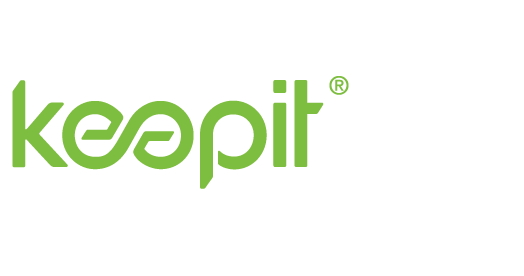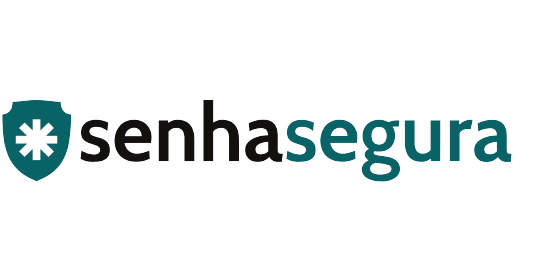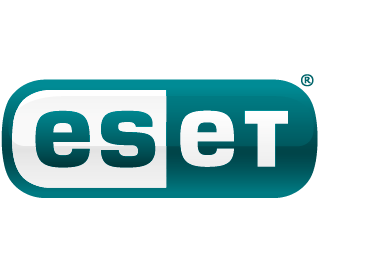
The top 3 misconceptions made by Google Workspace admins
If you’re wondering, “is my data truly protected by relying only Google Workspace’s default backup and recovery solution,” then you’re in the right place. Cloud applications, like Google Workspace, are an integral part of our daily life – we push data to the cloud constantly. I do it when I send an email on Gmail, share a document with coworkers via Drive, or add my mother-in-law’s birthday to my Google Calendar (better not forget it again!).
But is relying on Google’s default data protection enough? What are the main misconceptions when it comes to Google Workspace data backup and recovery?
Misconception #1: Relying on Google Workspace’s default data protection is enough
If you think Google apps is a secure platform, you’re right: Google platform is a secure, resilient, and reliable solution, and protecting data is their top priority.
As much as Google will likely never lose the data you are storing on their platform, they do not cover you if the data loss happens from your side. Google’s default data protection does not protect you against human error, malicious actions, ransomware and hackers, and synchronization errors. You are responsible for ensuring the necessary protection of your data.
Based on an Enterprise Strategy Group (ESG) survey, only 13% of the businesses surveyed understood that protecting their SaaS data is their responsibility, not the responsibility of the SaaS vendor.

According to ESG SaaS data protection research, 45% of organizations using SaaS attribute data losses they’ve experienced to deletion, whether accidental or malicious. When this happens with Google Workspace, Google is not able to identify if the deletion was intentional or not. The data will be deleted and totally unrecoverable once past Google Workspace trash bin’s retention time, a mere 30-days later.
You need a solid backup and recovery solution for your Google Workspace.
Misconception #2: I don’t need a third-party backup and recovery solution, I have Google Vault
As a subscribed user to certain editions of Google Workspace, you have access to Google’s retention and eDiscovery tool: Google Vault. With Vault, you can retain, hold, search, and export some users’ Google Workspace data.
Yet, Google Vault is not a backup tool. To this frequently asked question, “Is Vault a data backup or archive tool?” Google itself answers, “No. Vault isn’t designed to be a backup or archive tool.”
Based on Google’s own support website, here are reasons why you shouldn’t use Google Vault for backups:
- Vault exports aren’t designed for large-scale or high-volume data backups. You can export data for a limited number of accounts and only for one Google service at a time. Vault also doesn’t allow many parallel exports or scheduling automatic exports.
- Vault exports are prepared for legal discovery purposes, not efficient data processing. Vault can’t create differential backups or deduplicate data. For example, a Drive export includes all items the searched account has access to. When many accounts have access to the same items, they’re exported for each account, resulting in lots of duplicated data.
- Vault doesn’t support all Google services. Vault can export data only from supported Google services. Vault doesn’t support services such as Calendar for instance.
- Restoring data from Vault export files is hard. Vault doesn’t have any automated recovery tools.
Google Vault is not designed to recover lost or corrupted data and it cannot perform a which is a critical feature of any third-party backup and recovery tool.
Additionally, Google Vault does not keep ex-users’ data. For example, if an employee departs from your company and, as the admin, you delete his user Google Workspace account, all his data saved within their Vault will be also deleted. To save those data, it would require you to transfer all the employee’s data out of the Vault before deleting the account.
Misconception #3: A third-party tool can only help with backup data
By now, you know that backing up your Google Workspace data is your responsibility, not Google’s. It’s a common misconception that third-party backup solutions are a cost center purely performing secure backup and allowing for data recovery. These are the fundamentals, but there’s much more to it:
Benefit #1 – Cost savings
Budget constraints are making it harder than ever to implement new IT initiatives for IT Managers – They need to do more with less and maximize available resources.
Of course, deploying a backup and recovery solution for your SaaS applications comes with a cost, yet there are important (and substantial) cost-savings opportunities.
The first is through reduced SaaS licensing fees. Based on a recent Total Economic Impact report done by Forrester, companies save on months of SaaS licensing fees for employees who leave the organization – or around 10% of the work force per year. This number can be much higher if organizations use a lot of temporary staff or contractors. Having all historical data available simplifies data management and employee onboarding and offboarding.
The second is reduced auditing and legal costs. In the same TEI report, one of the organizations surveyed shared that seven days of auditor and lawyer costs are avoided each year by having SaaS data availability.
Benefit #2 – Regulatory compliance
Handling sensitive data is subject to stringent record retention and data reproduction requirements for all public records. With a proper backup and recovery solution, you can expect to:
- Gain access to fast information discovery
- Easy retention policy management
- Additional rights to ensure compliance with applicable outsourcing regulatory requirements (e.g., extended audit rights, chain-sourcing approval rights).
In addition, data center facilities leveraged to store the data have high physical security standards and certifications (ISO 27001, SOC-2, ISAE 3402, PCI/DSS, HIPAA). It is important that you ask your vendor what they offer regarding regulatory compliance and data center certifications when investigating which tool to deploy.
Benefit #3 – Real disaster recovery
Third-party backup and recovery solutions must (not should) allow you to perform disaster recovery. The shortlist of important points to look for when selecting your solution:
- Data availability: Get access to all your data, at any time, from anywhere. A proper backup solution provides you with unlimited storage, is cloud-based so you can always access your data, and it should reside on its own cloud for enhanced security and control.
- Hot storage of data: Get your data on demand
- Quick restore options for data: Restore fast, regardless of if it’s a single email or an entire point-in-time backup for your organization
- On-the-go backup status monitor: Get updated with a mobile admin app
Keepit Backup and Recovery for Google Workspace
Keepit for Google Workspace is the world’s only independent cloud dedicated to backup and recovery. It is easy to use and keeps your Google Workspace data highly secure, always available, and instantly restorable.
Keep your data available 24/7 with automatic backup and unlimited storage
Quickly find and restore data, whether you want to restore one single email or an entire snapshot for your organization.
Easy to set up, easy to use, easy to scale
Keepit is a set-and-forget installation that is easy to use: No training needed. You can integrate it with your existing system thanks to our API-first approach. No hidden fees, no surprises, and 24/7 support.
Choose the World’s only independent cloud for immutable data
Security is in our DNA. Once your data is backed up with Keepit, it is made immutable and undeletable thanks to blockchain-verified technology. It is a priority for us to provide you with excellent reliability, great backup and restore performance, instant access to individual files, multi-factor authentication, and data encryption at rest and in transit.
Learn more on our Google Workspace backup and recovery
About Version 2
Version 2 is one of the most dynamic IT companies in Asia. The company develops and distributes IT products for Internet and IP-based networks, including communication systems, Internet software, security, network, and media products. Through an extensive network of channels, point of sales, resellers, and partnership companies, Version 2 offers quality products and services which are highly acclaimed in the market. Its customers cover a wide spectrum which include Global 1000 enterprises, regional listed companies, public utilities, Government, a vast number of successful SMEs, and consumers in various Asian cities.
About Keepit
At Keepit, we believe in a digital future where all software is delivered as a service. Keepit’s mission is to protect data in the cloud Keepit is a software company specializing in Cloud-to-Cloud data backup and recovery. Deriving from +20 year experience in building best-in-class data protection and hosting services, Keepit is pioneering the way to secure and protect cloud data at scale.
















